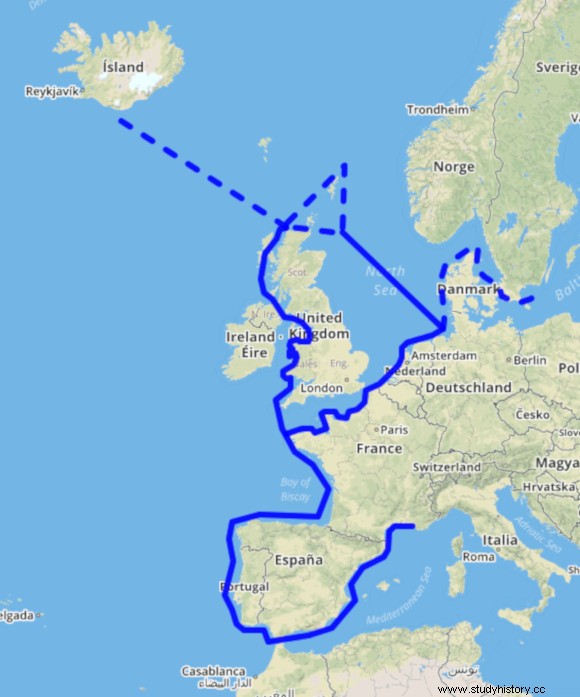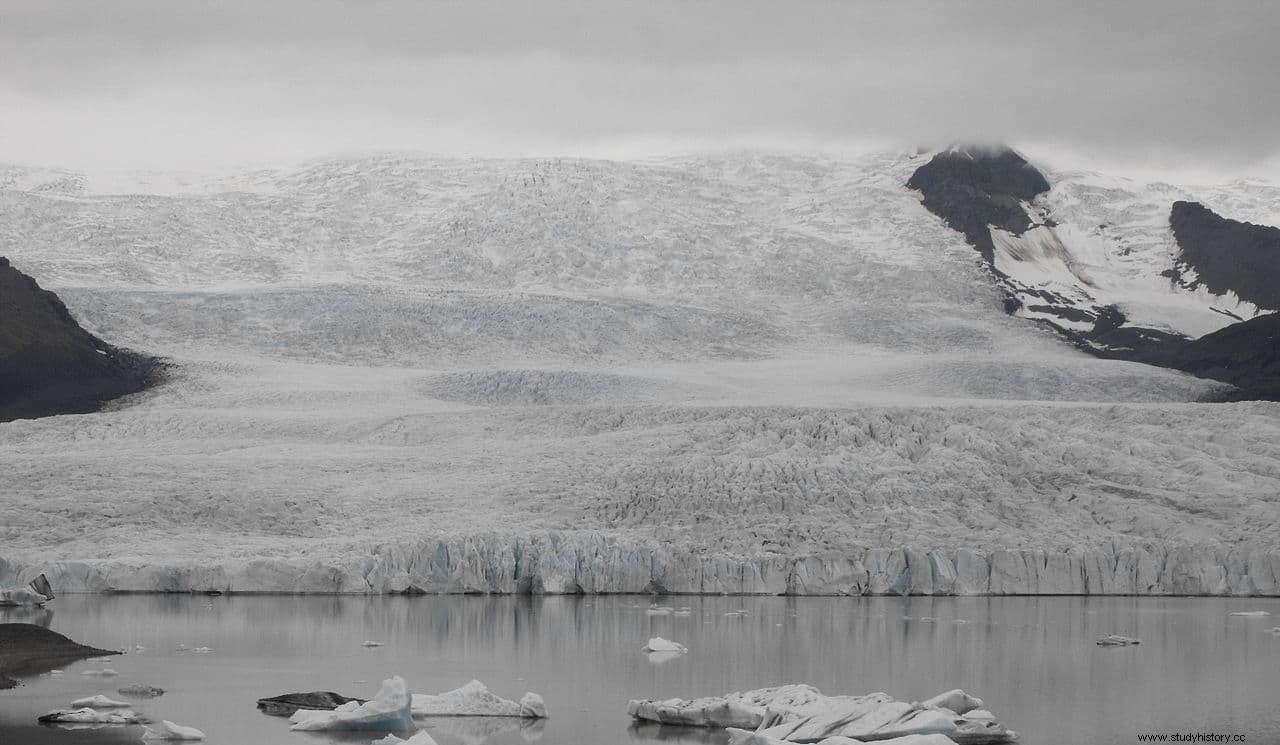Did the Greeks come to Iceland before the Vikings? That is what Andrew Charles Breeze, professor of philology at the University of Navarra, thinks. That the Greek traveler Pytheas, who we have already mentioned here reached the Arctic in the 4th century BC, would have discovered Iceland and would have given it the name that would later derive in Thule .
According to the newspaper Greek Reporter , the theory of the Greek discovery of Iceland more than a thousand years ago is reinforced by new evidence provided by Professor Breeze in an article published in the latest issue of The Housman Society Journal .

Based on an essentially linguistic hypothesis, Breeze tries to shed light on the mystery of the location of Thule, the northernmost of all the lands discovered by Pytheas.
Although the account of his adventure has been lost, fragments remain in citations by later authors such as Strabo, Pliny, or Diodorus of Sicily. We know from this that Pytheas described Thule as the island with ice floes next to it , and that it took six days to arrive from the north of Great Britain. However, researchers have never agreed on the exact location of the island. Some identify it with Iceland, others with the Faroe or Shetland Islands, and some even with Norway.

According to Breeze, the key to solving the mystery lies in a linguistic approach. According to him, the name that Pytheas gave to the island was deformed over time and the copies of the scribes, to the point of becoming unintelligible.
The problem is that Thule (or Thyle) doesn't mean anything says Breeze. But if we insert two letters between the two syllables of the word, we get Thymele as a result. , and that in Greek if it makes sense, means altar and is very common in ancient Greek.
The name Thymele It would have been suggested to Pytheas by the relief and orography of the southern coast of the island, with high cliffs of volcanic rock with plains on top, which would have made him compare them to a Greek altar or temple.

According to Breeze, when Pytheas and his men saw the great mass of Iceland on the horizon, with clouds and mist rising above it, and perhaps plumes of smoke and ash from volcanoes, they thought of the altar of a Greek temple, with fire on top and vapors rising from the sacrifices made on them . To support her theory, she indicates that in ancient times the altars could have certainly large dimensions, in the case of the Pergamon altar and other similar ones.
If the hypothesis is correct, the Greeks would have discovered Iceland a thousand years before the Vikings. Although at least these would still have a hand in hand with Colón.
